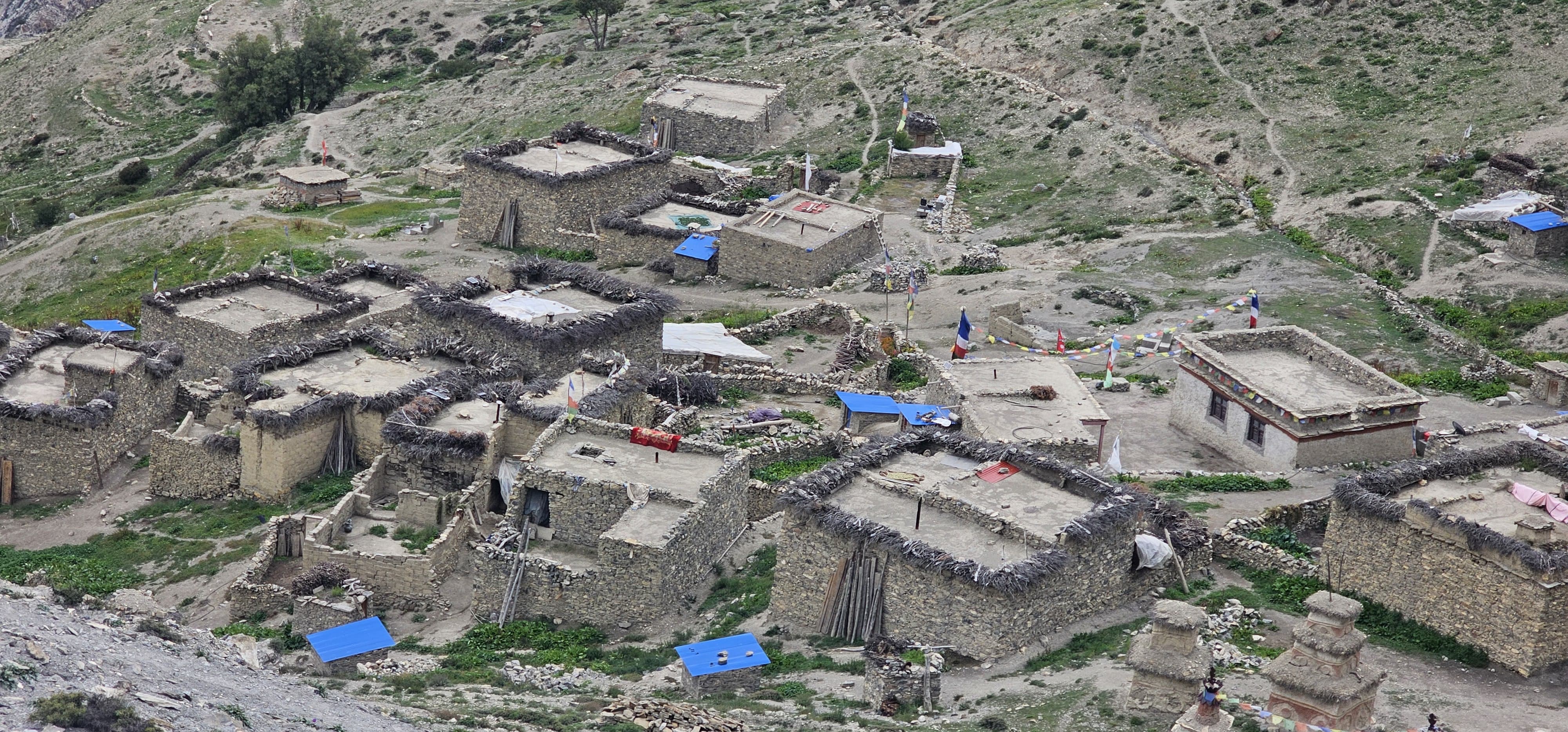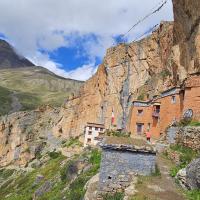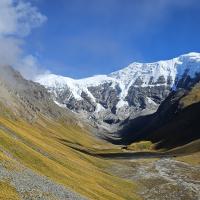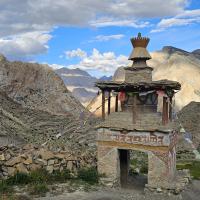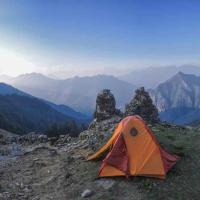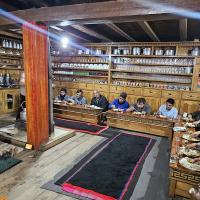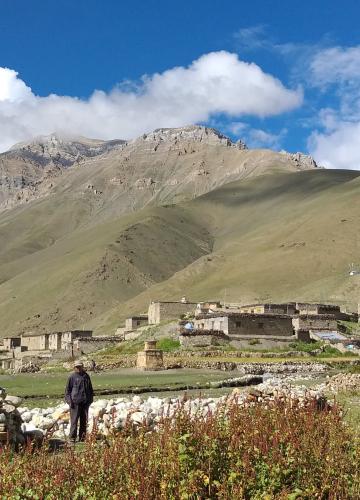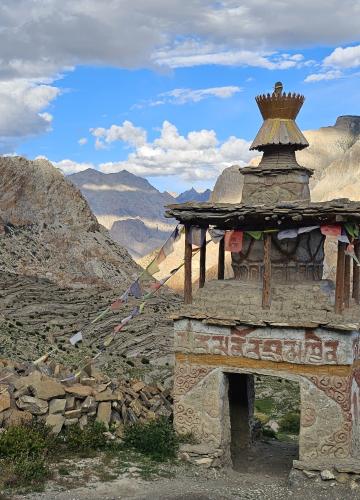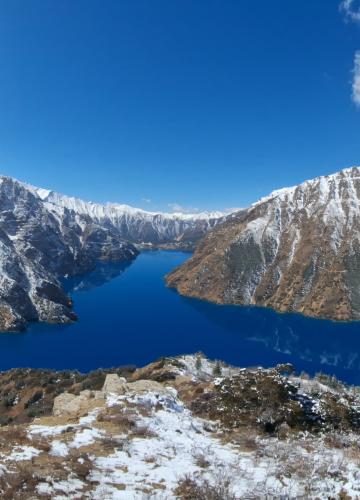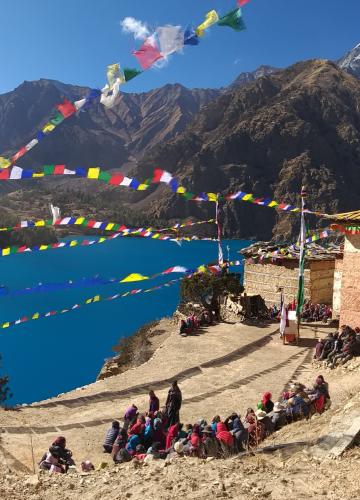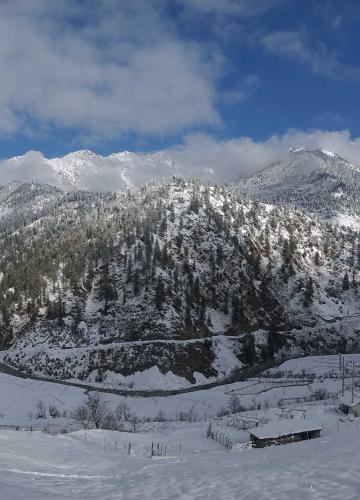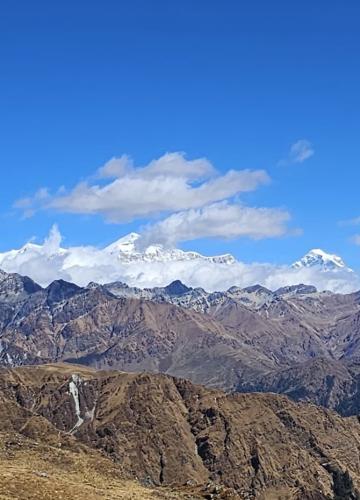Trekking up the Upper Dolpo leads to the fabled "Hidden Land," or Ba-Yul. Dolpo is located in the vast Himalayan rain shadow on the border of the Tibetan Plateau. Geographically, extensive forests, deep valleys, and high mountains separate Upper Dolpo from the outside world. As a result, this stunning, untamed, and crystalline region had long been off-limits to outsiders. After several days of hiking through authentic Himalayan nature to the Upper Dolpo, we can see this location.
The itinerary for the upper Dolpo Trek will take you into the center of the Dolpo region, allowing you to see the traditional villages and engage with the locals. The journey begins in Juphal and ends at the remote town of Shey Phoksundo, where you may take in the area's pristine natural beauty. The upper Dolpo Trek Route is ideal for hikers seeking a distinctive experience because it winds through verdant forests, steep mountain passes, and secret valleys.
The Upper Dolpo Trek is a challenging yet incredibly rewarding trek located in the northwestern part of Nepal. This trek takes you through some of the Himalayas' most remote and least explored areas. It's not just about reaching high altitudes but also about immersing yourself in the unique culture and lifestyle of the people living in this secluded part of the world. One of the rare pockets of unrepressed traditional Tibetan culture exists in Dolpo. There is a lot of walking, but it is not difficult.
Why Choose the Upper Dolpo Trek?
The Upper Dolpo Trek presents a new experience in possibly the most isolated and uncharted region of Nepal. Trekking will take place through harsh terrains, significantly through the wilderness, and over difficult passes such as the Kang La and Jeng La passes, all beneath great Himalayan giants. This region abounds with Tibetan Buddhism, and there are many monasteries, such as Shey Gompa, which give visitors a glimpse of the old culture of people that still prevails even today. One of the main attractions is Shey Phoksundo Lake which has very clear water of an intense blue(). Contrary to other well-known trekking areas, Dolpo is relatively untouched, meaning clients can fully enjoy peace and serenity. Also, for wildlife lovers, the region offers Snow Leopard and Blue Sheep animals, which are very rare breeds. But it is a strenuous one that requires physical strength, so it will suit well for experienced trekkers.
Best Season to Visit Upper Dolpo
The best time to visit Upper Dolpo is during the spring and autumn seasons. The recommended times to walk Upper Dolpo are in spring and especially in autumn – September and October. During spring, there is still a relatively cool climate, perfect weather for highland treks, many wildflowers, and clear skies. The best time to trek is in autumn after the monsoon periods; the scenery is beautiful, and the weather is favorable. Apart from that, there are festivals such as Yarsha.
In the case of monsoon traveling between June and August, the trails are quite slippery, and there are fewer tourists. However, the vegetation is greener than it was during the rest of the year because Dolpo is in a monsoon area. This is not advisable during the winter period, which is from November to March, because most passes are covered with snow.
Cost of Upper Dolpo Trek
For a 27-day schedule, the Upper Dolpo Trek typically costs about $3,700 per person, which includes necessities like domestic flights, lodging, meals, and any required permits. International flights, visas, travel insurance, and personal expenses in Kathmandu are not included in this package, but it does cover the costs of an experienced guide and support crew. This trek, which explores one of Nepal's most remote regions, requires endurance and accommodates logistical needs to ensure a safe and culturally immersive journey in the high Himalayas.
Ready to Begin on a Life-Changing Adventure?
Join us on the Upper Dolpo Trek and immerse yourself in one of the most remote and culturally rich trekking experiences Nepal has to offer. Whether it’s the mystical beauty of Shey Phoksundo Lake, the spiritual atmosphere of Shey Gompa, or the thrill of crossing high-altitude passes, this trek promises an adventure of a lifetime.
Contact us now to reserve your spot or get more information on this epic journey into the heart of the Himalayas.
